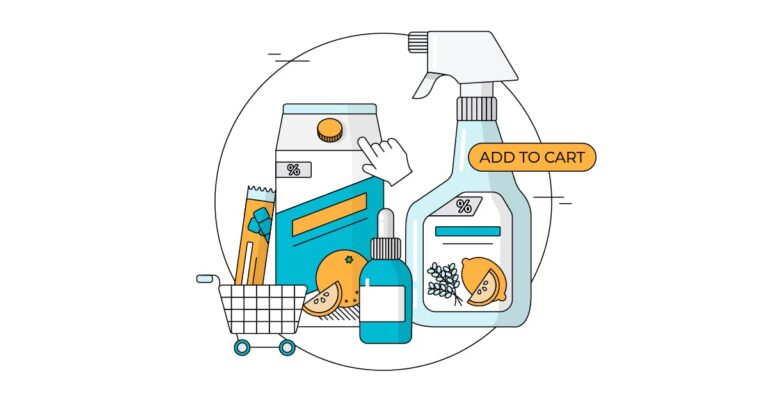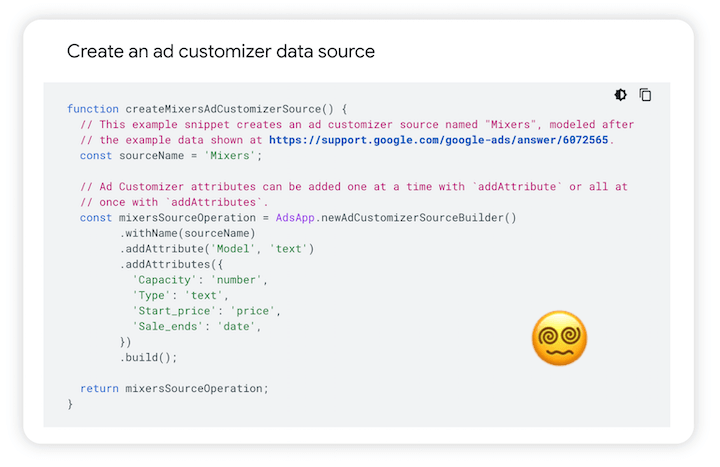So here’s what Google’s August 25 announcement says:
Note that programmatic digital OOH (DOOH) (so many oohs and aahs) advertising is not new to the industry. Many providers already offer it; this is just new to Google’s suite of products.
Centralizing buys and automating out-of-home campaigns is particularly effective for brands with international footprints.
That is quite the mouthful, isn’t it?
Google’s new out-of-home offering, simplified
To understand what this means, there are some terms you need to know:
So basically, Google is saying that its DSP can now be used for out-of-home placements too, as opposed to just on websites.
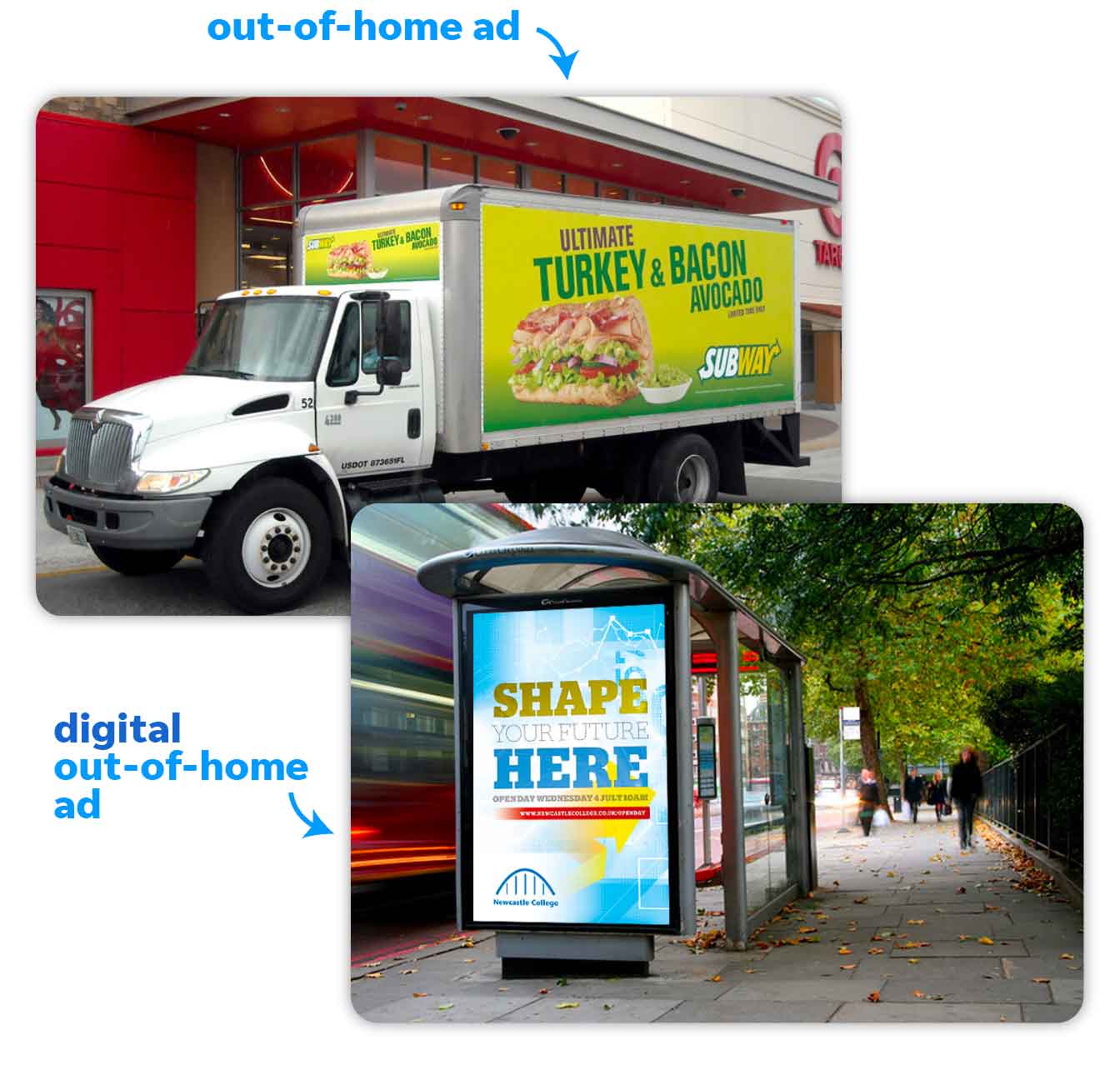
- Google Display & Video 360 (DV360): Not to be confused with Google Display campaigns and Google video campaigns, DV360 is a separate product. It’s the name for Google’s demand side platform (DSP).
- DSP: A demand side platform is a platform that advertisers use to advertise programmatically.
- Programmatic advertising: This is the automated buying and selling of ad inventory. Many businesses run display and video ads manually (such as through the Google Ads platform). But if you use intelligent software to do so (like DV360, or Trade Desk, or MediaMath, for example), then this is programmatic display advertising.
- Out-of-home (OOH) ads: These are ads that people see on public surfaces outside of their homes, like at bus stops and airports or even right on the bus. Digital OOH ads can be controlled through programmatic advertising.
Now this could become an option for you as you grow and scale your paid media strategy. If this is the case for you, one thing you should know is that DOOH ads through DV360 are done through contextual targeting only (as opposed to audience, interest, or keyword targeting), so the ads cannot be personalized.
If you follow any PPC news, you’ve likely read about Google’s new out-of-home offering through Google Display & Video 360.
You’ve probably also wondered if this has any impact on your Display or video ads…or maybe even what out-of-home advertising is to begin with.
Images sources: EMC Outdoor and Startup Guys
What this means for small businesses
So now you know a little more about the world of programmatic! Which means that now you’ll see those ads in the subway, at the ball park, and on a gas station TVs a little differently 🙂.
So the main value-add here is that Google is taking the ease of use and flexible collaboration functionality that DV360 offers and making it accessible for DOOH ads. This is what a demand-side platform is used for in programmatic advertising (as opposed to, say, the supply side platform)—making preferences for placements, managing budget, designing creative, and more.
Long story short, this probably doesn’t apply to you if you’re a small business, but it’s still good information to know. Read on to get the details.
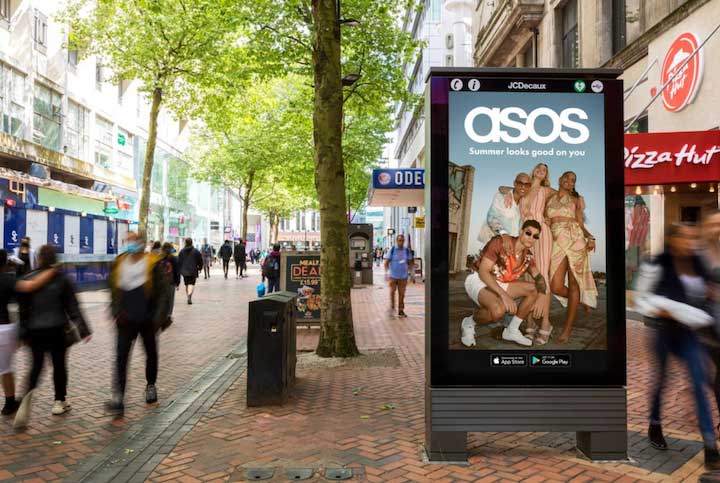
As Search Engine Land points out:
Final notes on Google Display & Video 360 out-of-home ads
Today, we’re making digital out-of-home ads available to all Display & Video 360 users so that they can reach people out in their real-world journey with the efficiency of programmatic technology.
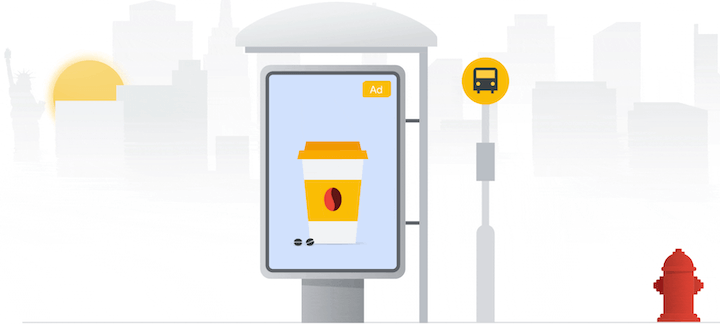
In other words, this is probably not going to be applicable to you if you’re a small business. Yes, small businesses run display ads and video campaigns in Google Ads, but they don’t often do so programmatically through DV360.
Programmatic advertising through DV360 is one of Google’s enterprise-level products, so this announcement is applicable to bigger businesses looking for an automated way of showing ads on public screens. As Google states:
These new ad types may work well for national or global brands like ASOS, Nike, Mcdonald’s, or Facebook, but small and local businesses may have a tougher time justifying their use. If you can’t specify the audience you’re targeting, and can only adjust their location or screen type, it’s likely not a solution for brands hyper-targeting a certain demographic or audience. But if you have the budget, it may be worth it to test a few cities where you operate.
The case study Google provides in its announcement is Asos:


